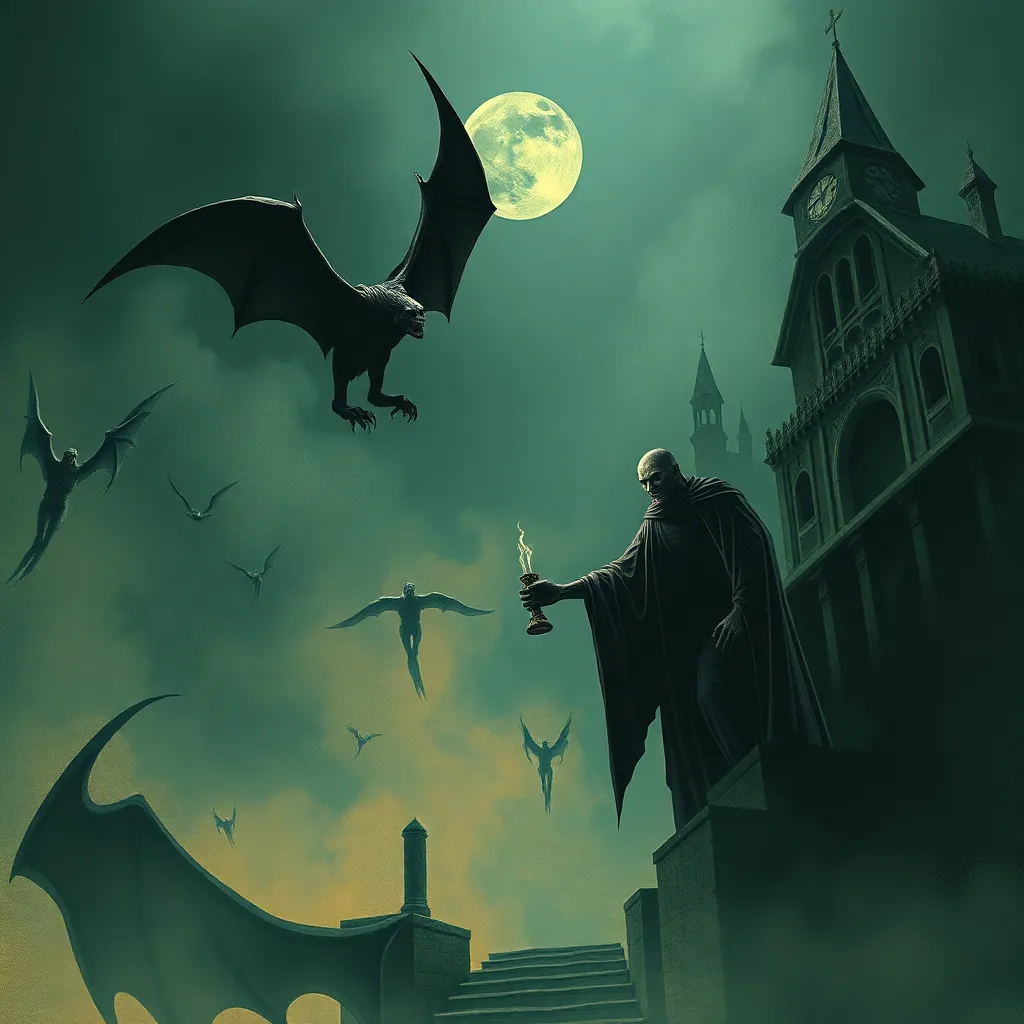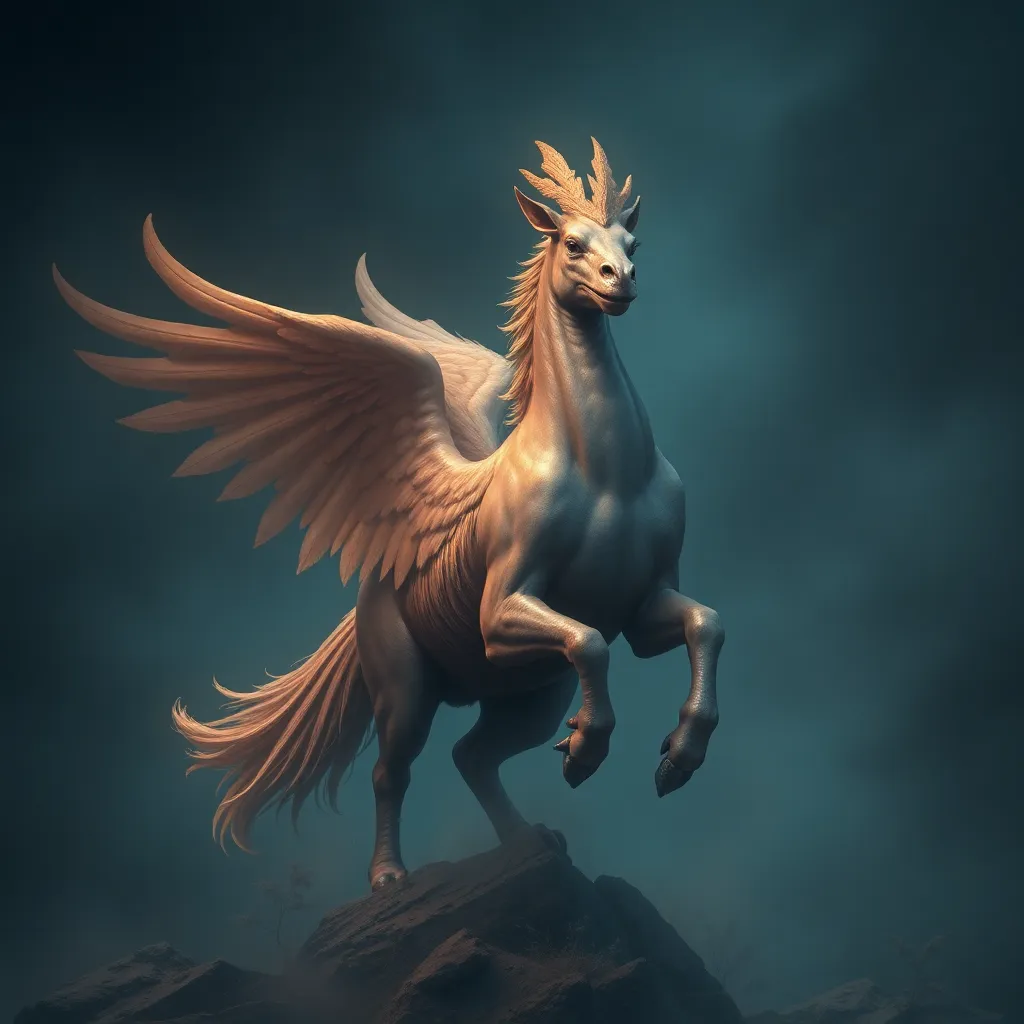The Most Iconic Trickster Myths You Didn’t Know About
Introduction to Trickster Myths
Trickster myths are an intriguing aspect of folklore and mythology, characterized by the presence of cunning and clever figures who often defy conventional norms and expectations. These figures, known as tricksters, are found across various cultures and serve a multitude of purposes within their respective narratives. They are often portrayed as shapeshifters, deceivers, and boundary-crossers, embodying both chaos and creativity.
The cultural significance of tricksters extends beyond mere entertainment; they challenge societal values, question authority, and reveal the complexities of human nature. Through their mischief and antics, tricksters often provide moral lessons and highlight the duality of existence—showing that wisdom can coexist with foolishness.
The Role of Tricksters in Mythology
Trickster myths play a crucial role in reflecting the values and norms of the societies from which they originate. They often critique the status quo and expose the flaws in cultural beliefs. By navigating the boundaries of society, tricksters can illuminate truths that may be uncomfortable or hidden.
- Creators and Destroyers: Tricksters wield a dual nature; they can create new worlds and possibilities while simultaneously causing chaos and destruction. This duality makes them complex characters that resonate with the human experience.
- Social Commentary: Through their stories, tricksters often serve as social commentators, highlighting the absurdities of life and the contradictions in human behavior.
Anansi the Spider: West African Folklore
Anansi, the spider, is one of the most famous trickster figures in West African folklore. Originating from the Akan people of Ghana, Anansi is known for his intelligence and cleverness, often using his wits to outsmart other characters. The tales of Anansi have spread throughout the Caribbean and the Americas, becoming a symbol of resilience and ingenuity.
Key stories that illustrate Anansi’s cunning include:
- Anansi and the Sky God: In this tale, Anansi tricks the Sky God into giving him all the stories in the world, making him the ultimate storyteller.
- Anansi and the Pot of Wisdom: Anansi attempts to hoard all the wisdom of the world for himself, only to learn that sharing knowledge is essential for true wisdom.
Coyote: The Trickster of Native American Lore
Coyote is a central figure in many Native American cultures, particularly among the tribes of the American Southwest. Coyote embodies the balance of wisdom and foolishness, often serving as a creator and a disruptor. His stories frequently explore themes of survival, adaptability, and the consequences of one’s actions.
In various tribes, Coyote is depicted differently, but common traits include:
- His ability to shape-shift and adapt to different situations.
- A tendency to engage in foolish behavior that leads to valuable lessons.
Through his adventures, Coyote teaches important lessons about humility, the interconnectedness of life, and the nature of existence.
Loki: The Norse God of Mischief
Loki is one of the most complex figures in Norse mythology, known for his cunning, trickery, and shape-shifting abilities. Unlike other gods, Loki is not purely good or evil; instead, he embodies a spectrum of moral ambiguity that challenges the other gods and the order of the cosmos.
Significant stories involving Loki include:
- The Abduction of Idun: Loki’s role in the kidnapping of the goddess Idun highlights his ability to jeopardize the gods’ immortality.
- The Death of Baldr: Loki’s involvement in the death of the beloved god Baldr sets off a chain of events that leads to Ragnarok, the end of the world in Norse myth.
Loki’s actions serve as a reminder of the delicate balance between order and chaos in the universe.
Hermes: The Greek Messenger with a Trickster’s Flair
In Greek mythology, Hermes is the messenger of the gods, known for his speed, cunning, and trickster nature. He is often portrayed as a guide to the underworld and a protector of travelers, playing a vital role in the interaction between mortals and gods.
Notable myths showcasing Hermes’ cleverness include:
- The Theft of Apollo’s Cattle: Hermes cleverly steals cattle from Apollo, showcasing his resourcefulness and ability to evade capture.
- Guiding Souls to the Underworld: Hermes’ role as a psychopomp illustrates his importance in the journey between life and death.
Hermes’ dual role as a trickster and a protector highlights the complexity of his character and the multifaceted nature of trickster figures in mythology.
Maui: The Polynesian Demigod and His Deeds
Maui is a prominent figure in Polynesian mythology, known for his legendary exploits and trickster antics. As a demigod, Maui is celebrated for his cleverness and ability to shape the world around him. His stories are integral to Polynesian culture, embodying themes of bravery, ingenuity, and the importance of community.
Some of Maui’s legendary exploits include:
- Slowing the Sun: Maui uses his cunning to capture the sun and slow its movement, allowing his people more time for fishing and farming.
- The Creation of Islands: Through his adventures, Maui is credited with fishing up islands from the ocean, showcasing his connection to the land and people.
Maui’s trickster nature influences Polynesian culture by emphasizing the value of cleverness and communal strength.
The Fox in East Asian Folklore
The fox is a significant trickster figure in East Asian folklore, particularly in Chinese and Japanese myths. Often portrayed as a shape-shifter, the fox embodies both wisdom and mischief, with stories that convey moral lessons about deception and cunning.
Key tales featuring the fox include:
- The Nine-Tailed Fox: In Chinese mythology, this powerful fox spirit possesses the ability to shape-shift into beautiful women, often using her charm to manipulate men.
- The Kitsune in Japanese Folklore: In Japan, the kitsune is revered and feared, believed to possess both good and evil qualities. Tales of kitsune often explore themes of love, loyalty, and betrayal.
The portrayal of the fox as a trickster emphasizes the complexities of human relationships and the dual nature of existence.
Emerging Trickster Myths in Modern Culture
Trickster figures continue to influence contemporary literature, film, and art, demonstrating their enduring relevance in modern culture. The archetype of the trickster has evolved, finding new expressions in various forms of media. Examples of modern tricksters include:
- Deadpool: The Marvel anti-hero embodies the trickster spirit through his irreverent humor, self-awareness, and subversion of traditional superhero narratives.
- Jack Sparrow: From the “Pirates of the Caribbean” franchise, Jack Sparrow is a charming and cunning character who navigates complex moral landscapes with his cleverness and wit.
These modern interpretations highlight the universal themes of trickery, rebellion, and the questioning of authority that have persisted throughout human history.
Conclusion: The Enduring Legacy of Trickster Myths
The stories of trickster figures remain relevant today, offering insights into the complexities of human nature and the societal norms that govern our lives. Tricksters serve as mirrors reflecting the duality of existence, teaching valuable lessons about adaptability, wisdom, and the consequences of our actions.
As we continue to engage with these timeless narratives, we are reminded of the universal truths that transcend cultural boundaries, making the legacy of trickster myths a vital part of our collective human experience.
![]()


